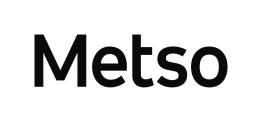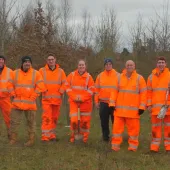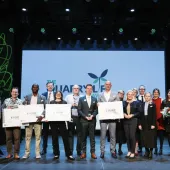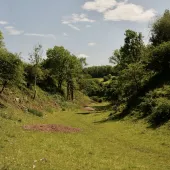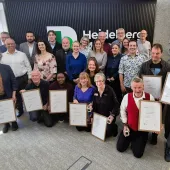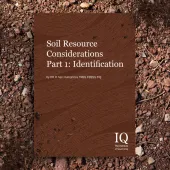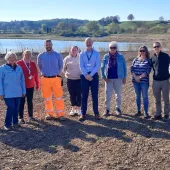2018 Quarry Life Award winners announced
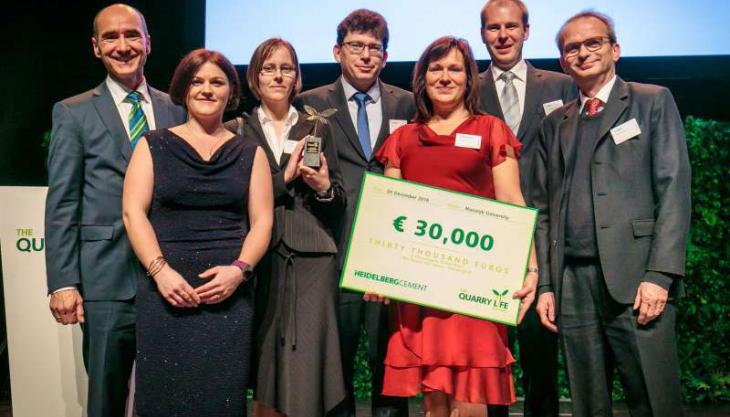
HeidelbergCement announce winning projects in their unique approach to innovative biodiversity management
THE seven winners of the fourth edition of HeidelbergCement’s Quarry Life Award (QLA) lighthouse biodiversity contest were announced during an international ceremony in Brussels on 5 December.
‘The Quarry Life Award not only enables students, researchers and NGOs to engage in exceptional hands-on research, but also helps HeidelbergCement to further improve our biodiversity management, and to strengthen our bonds to scientific research, local communities and nature conservation in general,’ said managing board member Dr Albert Scheuer in his opening speech at the ceremony.
This year more than 100 project groups from 25 countries competed in the six different categories. With projects ranging from roosting boxes for micro bats, to creating a biodiversity hiking trail and gaining relevant knowledge about pollinators in quarries – QLA 2018 provided a great variety of new insights into biodiversity in quarries and its management.
Seven international jury members followed clear criteria when deciding upon the six category winners, who each received €10,000 prize money, and the €30,000 Grand Prize winner. ‘We paid special attention to the innovation of a project idea, its transferability to other operation sites as well as benefits generated for HeidelbergCement,’ explained Dr Carolyn Jewell, the company’s senior biodiversity manager and chairwoman of the jury.
Beginning with the Grand Prize and followed by the six international prizes by category, the winning projects in the Quarry Life Award 2018 are:
Grand Prize
Can quarries offer sufficient food resources for an entire growing season? Do active quarries, reclaimed quarries and cultural landscapes differ as to their suitability for pollinators? The winning team from Masaryk University, in the Czech Republic, answered these questions by providing scientific evidence about the importance of quarries (active and reclaimed) as a lifeline for declining populations of bees.
Biodiversity Management
Ruling the Roost: Developing thermally optimal roosts to enhance micro bat population biodiversity – Micro bats are valuable assistants in enhancing agriculture and forest productivity due to their appetite for insect pests. Researchers from the Northern Alberta Institute of Technology designed a thermally optimal roosting box protecting the bats against a life-threatening fungal disease.
Habitat & Species
From Time to Time, from Quarry to Nature – An Italian research team from the University Milano-Bicocca received the award for evaluating the success of different restoration methods. Their study highlighted the importance of natural colonization of vegetation, and the use of nearby suitable meadows as a seed source during the reclamation and habitat creation process.
Beyond Quarry Borders
Restoration and optimization of the functionality of a secondary channel in Charny-sur-Meuse – The decline of valuable wetland areas has become a global problem. At one of HeidelbergCement’s quarries in France, wetland had been declared ‘degraded’ in 2009. QLA contestants succeeded in restoring and improving the area’s functionality – especially the connection with the main river, which is essential for the reproduction of two red-listed fish species in France.
Biodiversity & Education
Communicating Boxes: An educational project about Valdilecha Quarry – Spanish students and their teachers followed a creative approach to biodiversity, preparing wooden boxes as display cabinets. These featured many artefacts showing the different species which can be found in quarries. The boxes were exhibited in various educational centres to improve the public’s understanding and opinion about nature and quarries.
Student Class Project
A brand-new approach to plantation in Bozalan Clay – This award went to a group of Turkish students. During the project, they were exposed to real-life situations that the company faces when reclaiming its quarries. The students worked collaboratively to come up with solutions to increase the biodiversity value of a quarry through vertical and horizontal planting.
Connecting Quarries & Communities
The Tice’s Meadow Biodiversity Trail – Learning about nature in quarries while going for a walk is now possible in a nature reserve and former quarry in Great Britain. Building a 1.5-mile long self-guided biodiversity trail lined by noticeboards, interpretation panels and new habitats for wildlife, the team created a sense of ownership within the community, thereby connecting quarries and communities.
All the winners were celebrated by members of the managing board of HeidelbergCement as well as representatives of industry, associations, nature protection organizations and politics. HeidelbergCement will now select project teams that get the chance to further implement their findings in 2019 before the next edition of the Quarry Life Award starts in 2020.


